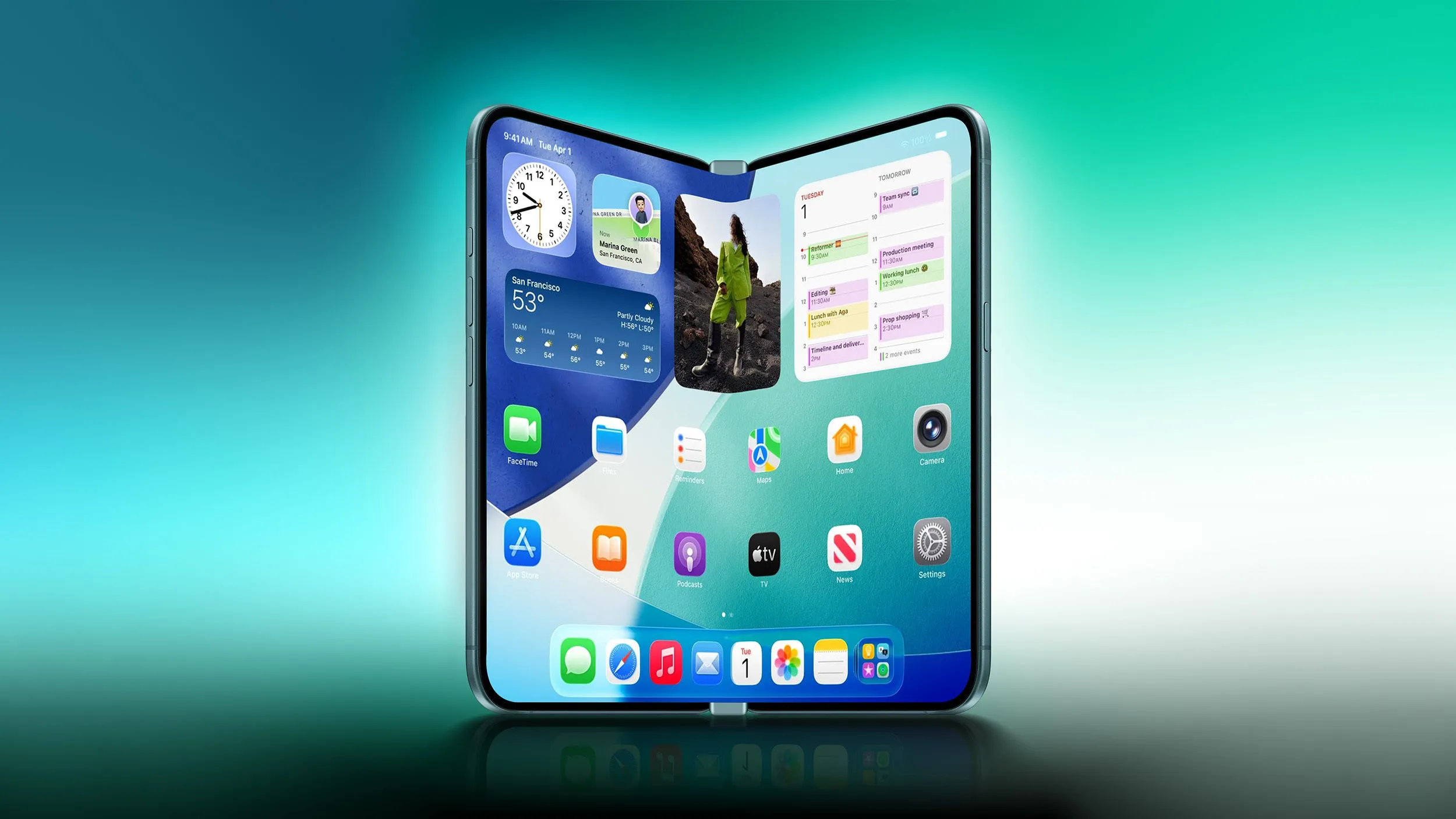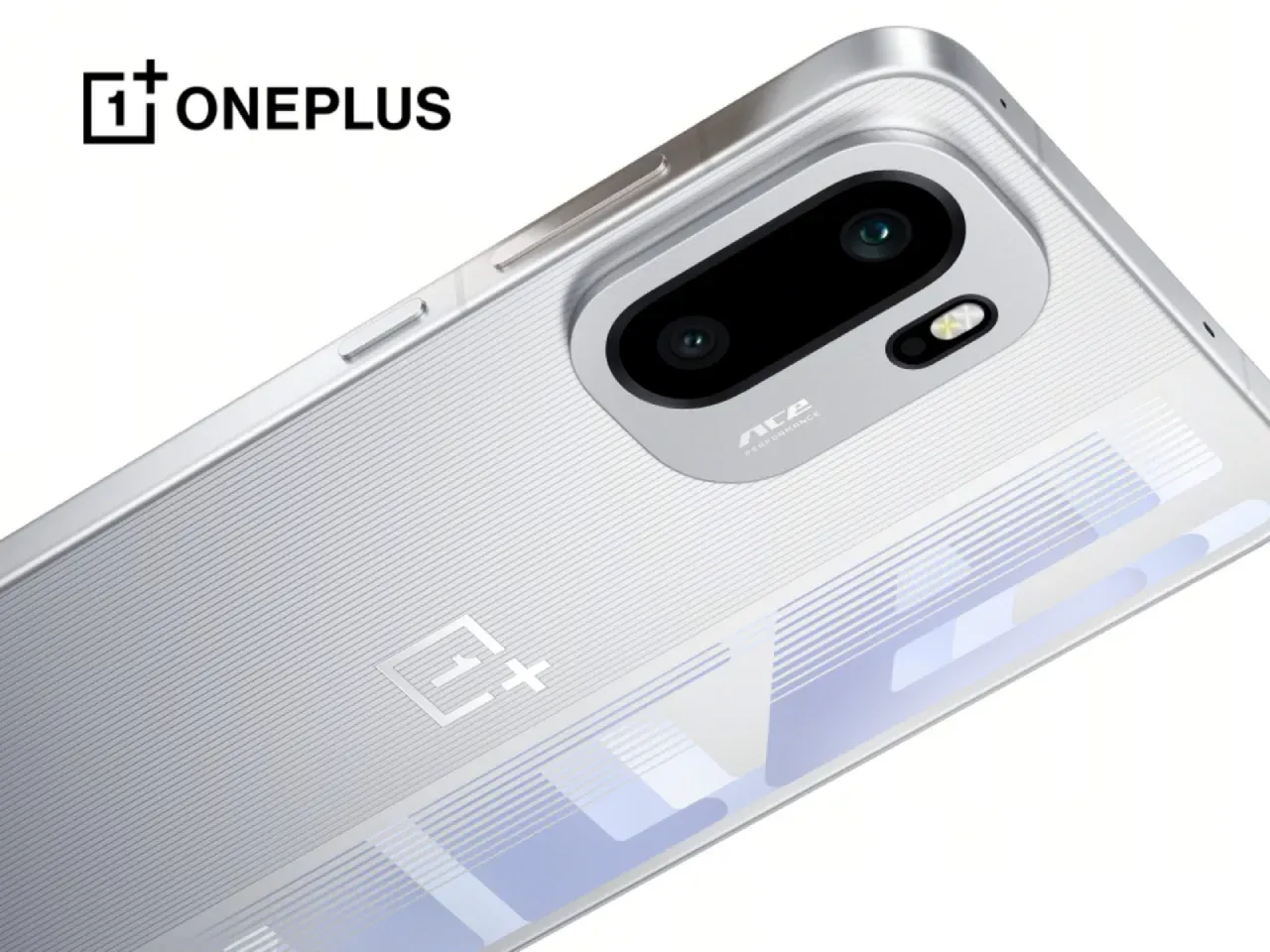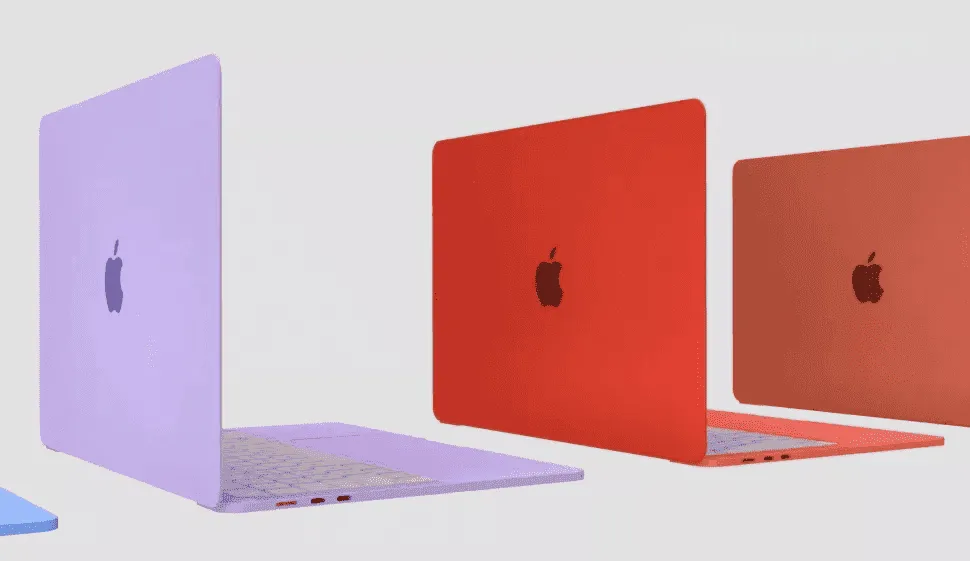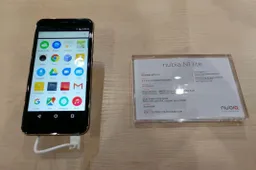OPPO's new camera tech provides 5x lossless zoom on smartphones
PhonesMonday, 27 February 2017 at 15:37
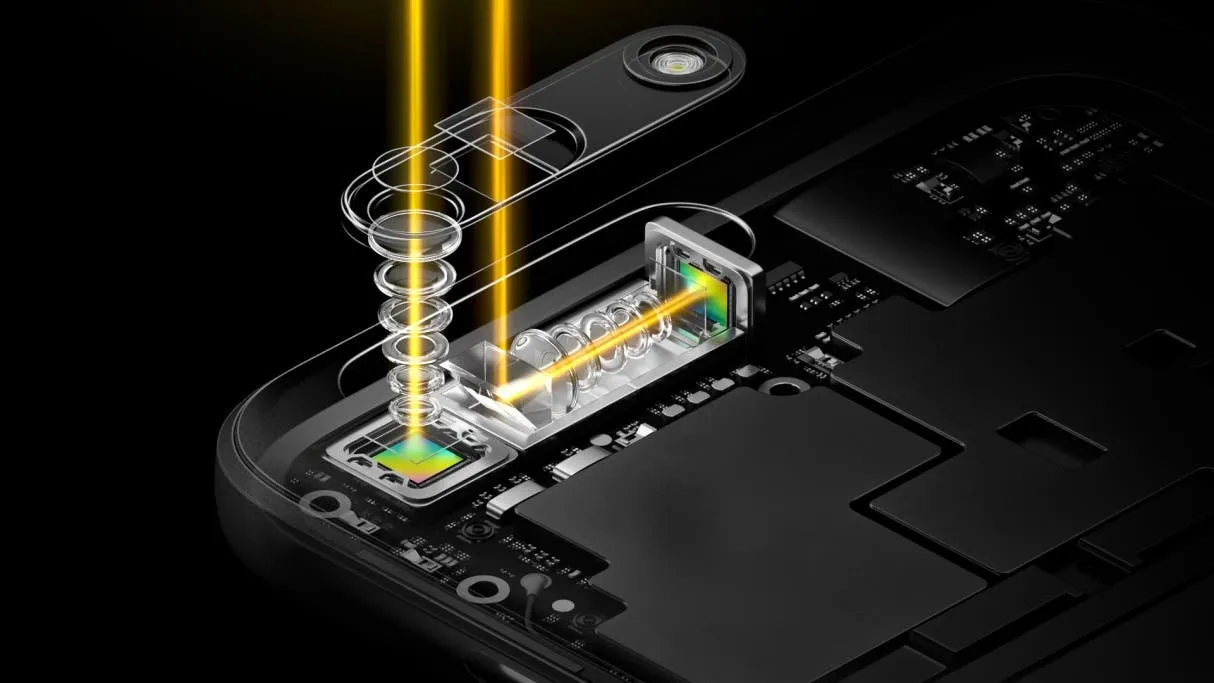
OPPO is at the cutting-edge when it comes to smartphone photography. Today at MWC 2017, OPPO announced a breakthrough technology that can equip smartphones with 5x zoom capability.
Most Android smartphones in the market use digital zoom, which can cause grainy images.
OPPO's patented technology boasts 5x loss-less optical zoom using a persicope-style dual-camera setup. The fun doesn't stop there. OPPO has also included optical image stabilisation which is a feature found on high-end DSLRs.
All this technology has been crammed into a tiny space and the resulting smartphone is just 5.7 mm thick!
The nearest contender is the iPhone 7 which offers 2x optical zoom and is more than 7mm thick.
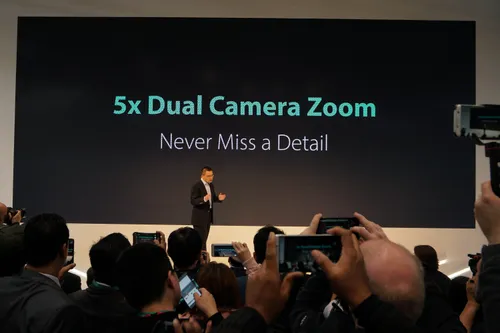
Sky Li, OPPO Vice President and Managing Director of International Mobile Business, said, "The ‘5x Dual Camera Zoom’ has opened up yet another realm of possibility in terms of smartphone photography, and is a reflection of our dedication to delivering on what our customers want and need - to take beautiful and clear pictures."
OPPO had kept R&D under wraps for the past year and has filed more than 50 patents to make this breakthrough possible.
How It Works
Simply put, the “5x Dual Camera Zoom” technology is modeled after a submarine's periscope.
The dual camera setup uses a wide-angle as well as a telephoto lens. The telephoto lens is housed in an innovative periscope structure which uses a prism to redirect light to the camera sensor. There is enough room for the lens to move and zoom in on a subject selected by the user.

The resulting zoomed-in image will allow users to capture stunning close-ups and portraits while employing artistic effects like bokeh.
Optical Image Stabilisation (OIS)
5x optical zoom capability is only part of the solution. With zoom lenses come unwanted side-effects like magnified vibrations and shaky images.
The components of the zoom setup are configured to detect the minutest vibrations - 0.0025o to be precise. The prism and the telephoto lens can work in conjunction to compensate for vibrations or jerky movements in real-time.
The resulting OIS can drastically improve the quality of images even at 5x zoom.
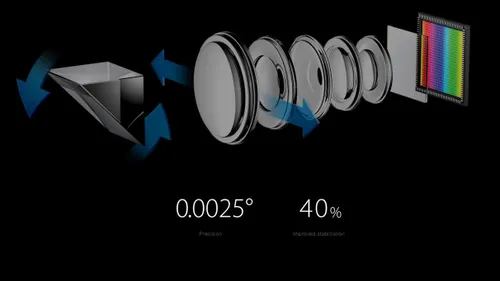
5x optical zoom may sound like a cheap joke compared to most DSLR cameras out there but one has to consider the rate at which smartphone photography is catching up to professional standards.
The days of bulky camera equipment are numbered, smartphone cameras are the the future.
Popular News
Latest News
Loading
